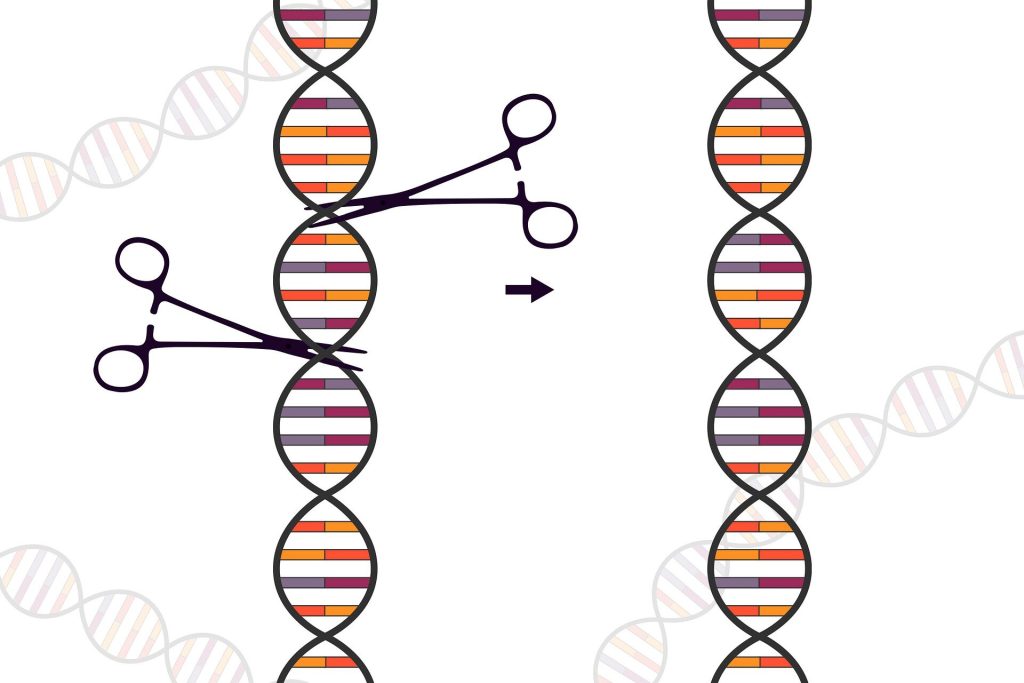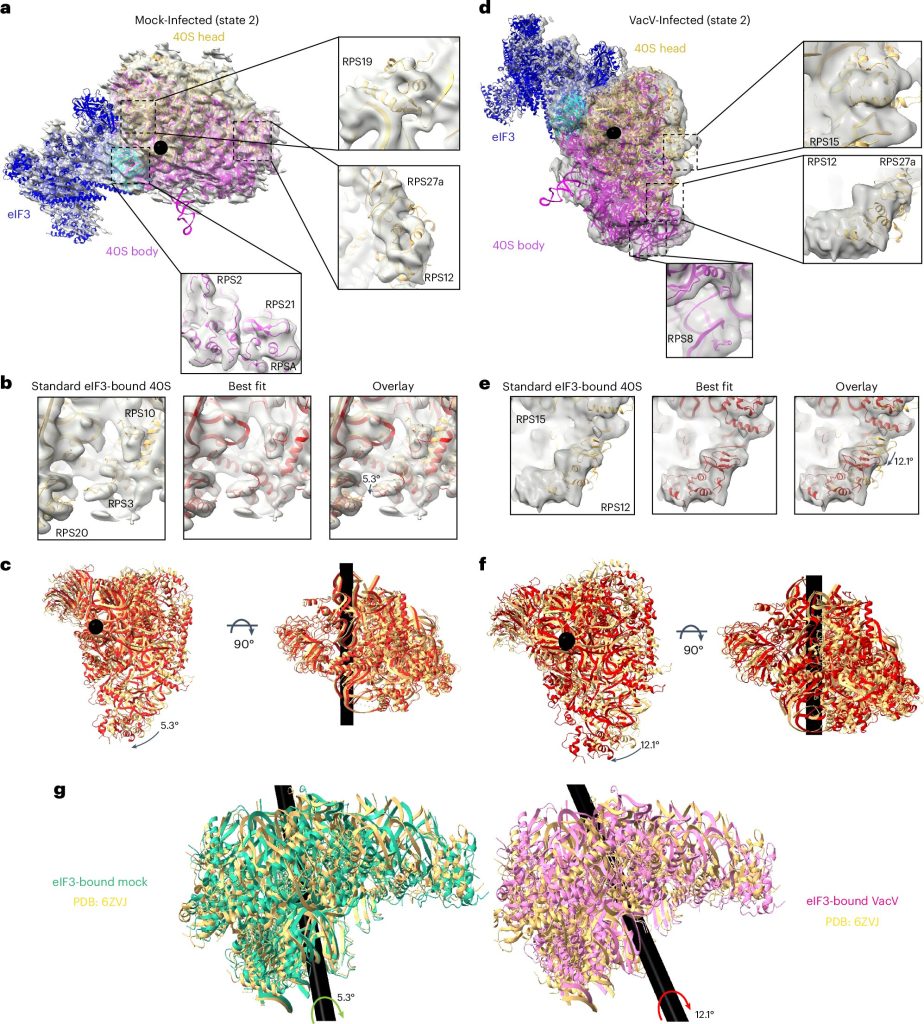Research in genome editing has been making great strides in treating genetic conditions, but there is always room for improvement. Scientists at Mass General Brigham have combined scalable protein engineering with machine learning to enhance the progress in the field of gene and cell therapy.
In their study, the researchers developed a machine learning algorithm called PAMmla, which can predict the properties of around 64 million enzymes. This technology aims to reduce off-target effects, improve editing safety, efficiency, and make it possible to customize enzymes for new therapeutic targets. The findings of this study were published in the journal Nature.
The lead author, Ben Kleinstiver, highlighted the importance of this research in expanding the repertoire of effective and safe CRISPR-Cas9 enzymes. By using the newly developed PAMmla-predicted enzymes, they were able to accurately edit disease-causing sequences in both human cells and mice.
One of the challenges with traditional CRISPR-Cas9 enzymes is their off-target effects, where unintentional modifications occur in the genome. The use of machine learning in this study allows for better prediction and customization of enzymes, increasing their precision in targeting specific genes.
Furthermore, this approach offers a scalable solution compared to previous enzyme engineering methods. By predicting the protospacer adjacent motif (PAM) sequences of various Cas9 enzymes, the researchers identified novel engineered enzymes with improved on-target activity and specificity. Experiments in human cells and a mouse model confirmed that these customized enzymes had higher specificity.
The lead author, Rachel A. Silverstein, emphasized the significance of this work in creating a toolbox of precise and safe Cas9 proteins that can be applied in various research and therapeutic settings.
To make the PAMmla model accessible to other researchers, the team has developed a web tool available at pammla.streamlit.app. This tool allows scientists to predict customized enzymes tailored to their specific needs, further advancing the field of genome editing.
If you would like to see similar science posts like this, click here & share this article with your friends!



